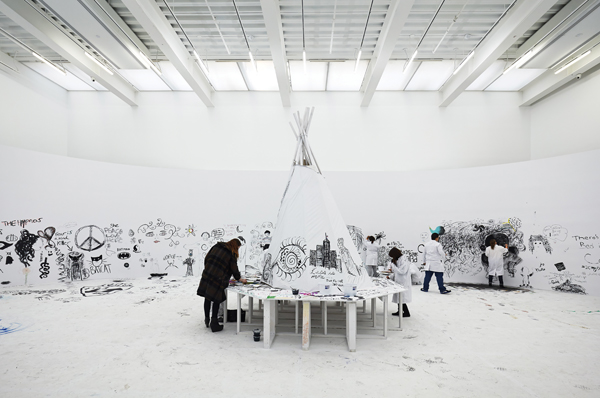There is not a simple definition for cultural criticism. Criticism can change depending on the form being criticized, the time period, and of course the person defining it. While some find criticism to be more of a passive form of expression, others define it as more active. When looking at only two separate explanations of the concept, they both take very different approaches.
In “A Critic’s Manifesto,” Daniel Mendelsohn describes criticism as the intersection of knowledge and taste. For Mendelsohn, when a critic looks at a book, the critique should not be constrained to that one piece of work, but to the author’s entire repertoire to see “that book against all of the [author’s] other work” (Mendelsohn). That way, by reading the review, the reader gets “the tools to evaluate the description of the performance at hand” (Mendelsohn). This way the reader isn’t left helpless at the will of the critic, he can form his own opinion of the piece of work and of the critique itself.
Of course, expertise is not enough to form a worthy piece of criticism. Mendelsohn also suggests taste is an important part of the equation. This also implies subjectivity to criticism as everyone has different taste. Two men can both know everything there is to know about a certain artist, but if they have different taste in art, their criticism will be very different. What is important is that both critics had the evidence on which to base their critiques, making both critiques, no matter how much they contrast, very reliable.
Barry Schwabsky talks of a much more active critic in “A Critic’s Job of Work.” He calls the critic, “the self-appointed representative of the spectator.” This is interesting because the average critic probably knows a lot more than the average spectator, but then that goes back to Mendelsohn’s point of the critic inserting his expertise into the critique to bring the reader up to speed.
Schwabsky also states that as a spectator, the critic “realizes the artist’s work – not by leaving it just as it is, but by adding something to it, making a personal contribution” (Schwabsky). This means, “the work can never be completed because, as long as it still has life in it, others will always be making their own contribution to its ideal future” (Schwabsky).
So, to Schwabsky, the critic is more than someone with taste and knowledge. It does seem that he would agree with Mendelsohn in that these characteristics are necessary, but the critic’s role does not end there. A critique cannot just have background and an opinion – it must add something to the piece. According to Marcel Duchamp, “the spectator brings the work in contact with the external world by deciphering and interpreting its inner qualification and thus adds his contribution to the creative act.” Since Schwabsky’s critic is “the self-appointed representative of the spectator,” it is his job to begin the process of personal contribution.
These men are just two of the many we have studied in class, each one looking at criticism under a different light. While Mendelsohn points out the basic characteristics that a critic needs, Schwabsky brings it a step further. These are just two examples of the many ways that one can look at criticism and the role critics play. Both of these men obviously think highly of critics and see their role as an important one.

614 Comments
บีวิน easy to play get real money